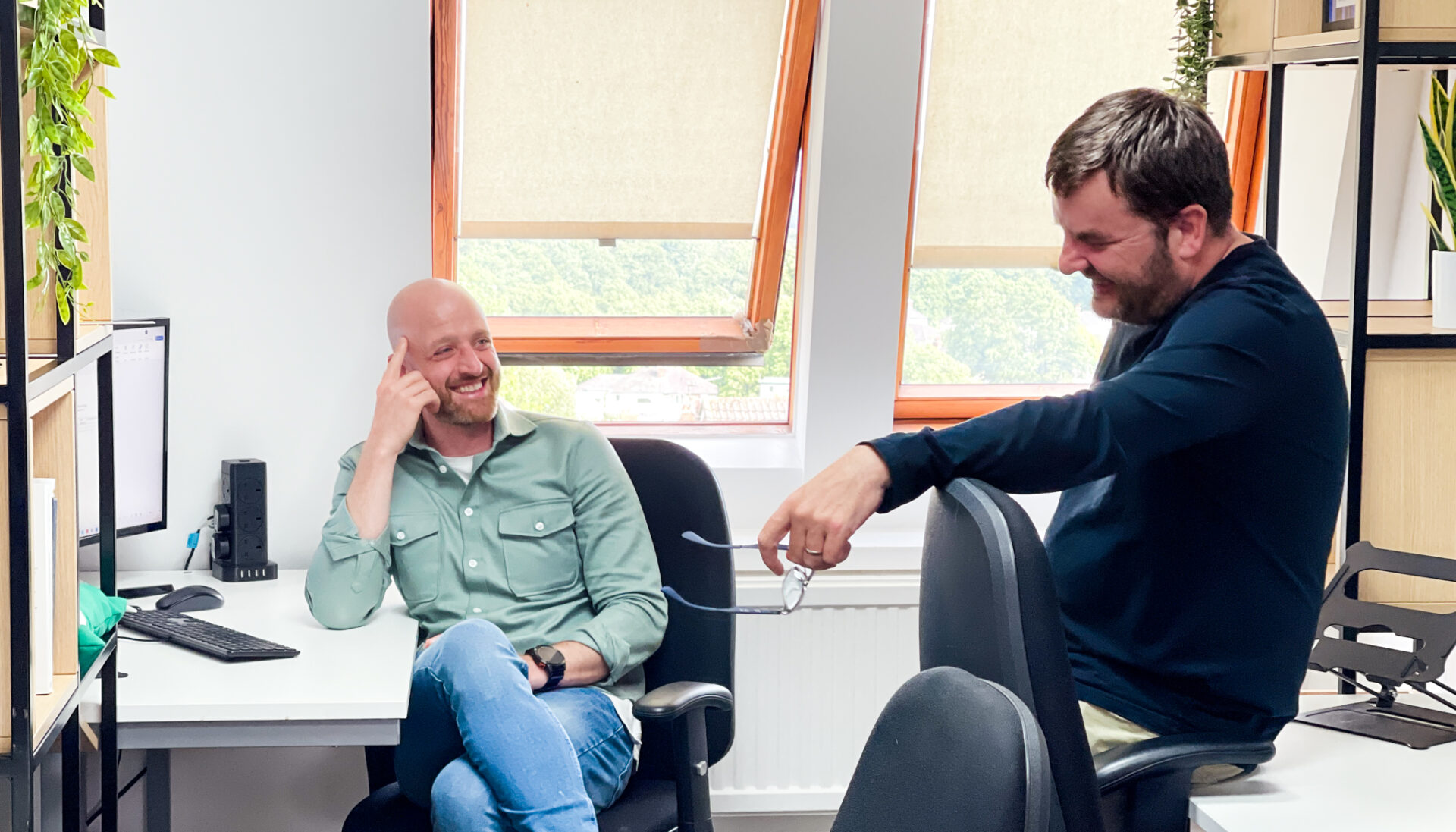Case Study
Platform Optimisation:
Fast-Tracking 3500+ Workloads to Public Cloud with Zero Downtime

The Challenge
The client had a major strategic initiative to re-engineer applications for cloud native capabilities, remediate existing platform limitations, and resolve years of mounting technical debt. Given the number of complex applications in question, re-engineering them for Cloud Native would take years. They needed a cloud solution that was significantly faster than re-engineering applications to enable them to meet their objective and avoid substantial financial penalties.
Our Approach
Our team of Programme and Project Managers, Architects, and Business Analysts were the driving force behind our success. Here’s how they made it happen:
- They hosted requirement definition sessions, focusing on crucial themes.
- Insisted on owners signing off requirements, eliminating ambiguity and establishing a clear scope.
- Recognised the need for a task-based approach, leveraging Microsoft Planner to focus on priorities and assign clear ownership.
- Set deadlines and utilised stand-up meetings to keep the conversation flowing.
- Ensured weekly reports were in place, allowing stakeholders to track progress and raise any queries.
- Supported operational readiness, showcasing meticulousness and top-notch delivery through the Service Assurance process.
- Developed key partnerships with VMware and Microsoft that played a pivotal role in achieving goals.
- Orchestration of third parties and vendors, acting as a conduit for positive relationships which in turn created a productive team with a can-do attitude.
- Communicated extensively via Confluence, fostering seamless information sharing and collaboration.
- Adopted a “fail fast” approach, recognising the value of identifying what doesn’t work quickly.
- Managed the balance between detailed design and the need to fail fast, ensuring rapid decision-making and course corrections.
- Maintained a keen focus on development and test governance, avoiding front-loading of governance and embracing an iterative, agile approach.
The team’s governance, collaborative spirit with vendors, and unwavering commitment to success were superb, fuelling the project’s progress and ensuring quality at pace. Our contributions yielded positive outcomes, transforming complexity into clarity and uncertainty into opportunity.
Supporting People Through Change
Change isn’t just technical, it’s emotional. We helped the client navigate the discomfort of uncertainty by supporting them to feel informed, involved, and empowered throughout. Our approach was designed to meet people where they were, whether they were anxious, overloaded, or stuck in old habits, and to build trust through meaningful involvement.
A respected colleague from within the business, already a member of the steering board, stepped into a new role as programme ambassador. More than a figurehead, she became a translator of intent, helping people make sense of the change through the lens of their day-to-day work. Her role embodied a core principle from our work: change lands best when it’s delivered by people you trust, not imposed by people you don’t.
Working alongside her, we built a network of champions across departments; they were co-creators. Each brought their team’s voice into the room, helping to surface risks, test assumptions, and build ownership from the inside out. This was “coach and coax” in action, empowering local leadership while holding a steady hand on direction.
As part of the programme, we delivered workshops and presentations during key leadership days, using these sessions not only to inform but to listen. These moments created space to pause, reflect, and acknowledge the reality of what people were experiencing: change fatigue, role ambiguity, and a sense of overwhelm. By surfacing these undercurrents openly, leaders were able to move from reactive firefighting to intentional, coaching-led conversations.
To make this real and repeatable, we helped shape how communication and governance would operate, for control and connection:
- A centralised communication rhythm ensured consistency across roles, regions, and responsibilities
- Retrospectives and feedback loops enabled real-time adaptation and course-correction
- Clear roles, RACI, and escalation paths meant decisions were made quickly, and blockages were removed early
- Terms of reference gave meetings a focus, reducing duplication and improving clarity
- Strategic and operational colleagues were brought together to balance ambition with reality
We supported internal communications through town halls and business-led newsletters, reinforcing that this wasn’t something being done to people, but with them. We also embedded knowledge transfer throughout, making sure the capability didn’t end at go-live.
That balance between structured delivery and human response is baked into how we work. One of Perform’s co-founders brings a background in psychotherapy alongside deep operational experience. It’s part of our DNA to understand that people deliver change, and it’s often people, not processes, that stall programmes.
By gradually building trust, helping leaders adopt a coaching stance, and creating structured ways for people to ask questions, raise concerns, and find clarity, we supported teams and individuals to become unstuck. The outcome was not just a successful programme, but one that took root, with confidence and ownership embedded across the organisation.
